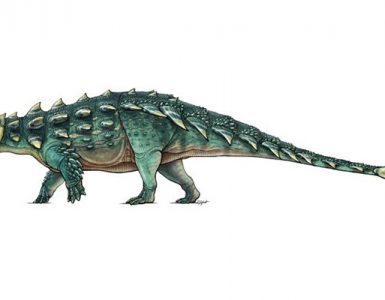Their existence and position from the sun also supports this theory of planetary formation. The model states that the gas-giant planets began to interact with each other once they had grown to full size. The original theory was that the ice and dust slowly amalgamated into large balls which then eventually formed the nuclei of the gas giants, Jupiter and Saturn.
The earlier theories were based on the belief that the cores of these huge planets must have been formed during the collision of fairly large bodies like rock that were nearly as big as the planets. But, once this model was inserted into a computer, it gave hundreds of Earth-sized planets into the Solar system as an output. Dr. Levison of the Southwest Research Institute in boulder, Colorado, said,” It’s widely held the first step in forming-gas giant planets – such as Jupiter and Saturn-was the production of solid cores each with a mass roughly ten times that of the Earth. If pebbles form slowly enough to allow the planetesimals to gravitationally interact with one another, the largest planetesimals have time to scatter their smaller siblings out of the disk of pebbles, thereby stifling their growth.” She further added that they showed that the leftover pebbles from the formation process, which previously were thought to be unimportant, could actually be a huge solution to the planet-forming problem.
The problems with this model is that in order to attract such a large amount of gas and dust, the core would have to be 10 times as massive as Earth and form in only a few million years. The researchers will use the pebble accretion model to see if it works in these cases or not. The gravitational instability might just explain those planets better than core accretion.





















